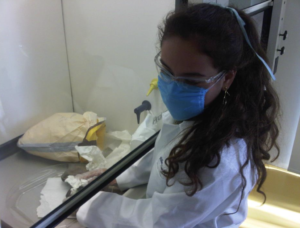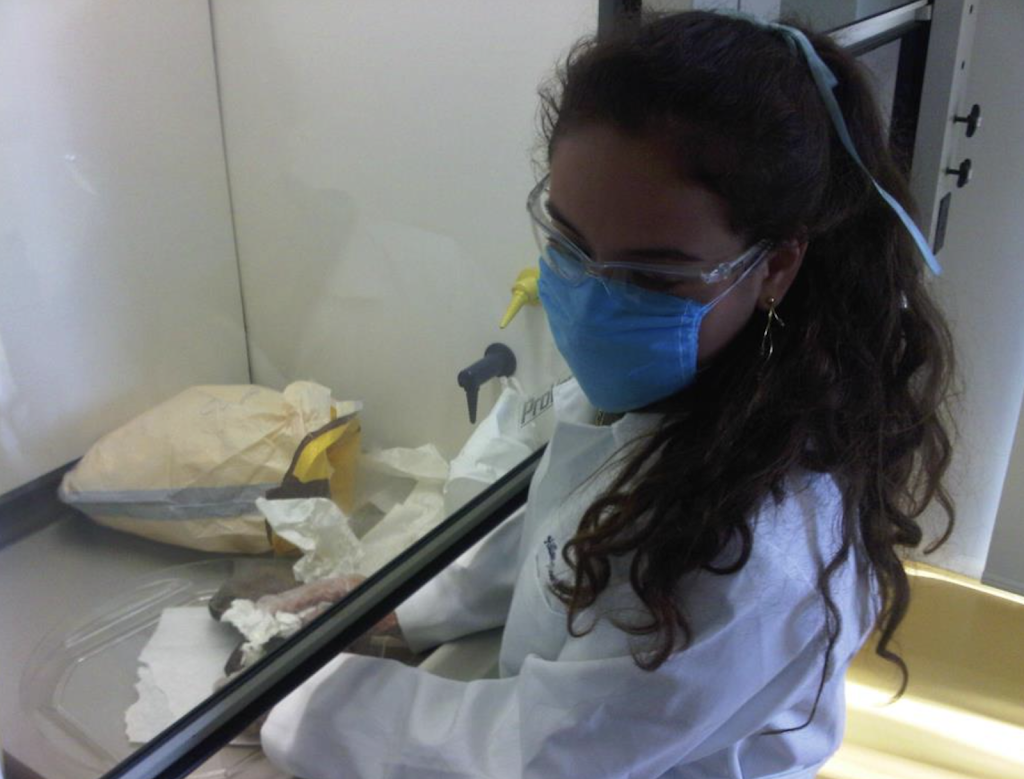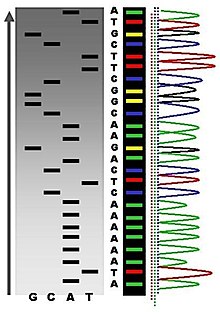 |
| A med student at the molecular biology lab |
Molecular biology is not typically a requirement for admission to medical school. However, knowledge of molecular biology can be useful for medical students, as it can provide a better understanding of the underlying mechanisms of diseases and the action of drugs at the molecular level. Medical school curriculum typically focuses on the clinical aspects of medicine, such as anatomy, physiology, and pharmacology, rather than on the molecular basis of diseases. However, some medical schools may require or recommend courses in molecular biology or other related fields, such as biochemistry, as part of their curriculum.
Molecular biology is a broad field that studies the structure, function, and behavior of molecules within living organisms. It encompasses many different sub-disciplines, including molecular genetics, genomics, proteomics, and bioinformatics. Molecular biologists use a variety of techniques, such as PCR (polymerase chain reaction), next-generation sequencing, and protein purification, to study the molecular basis of diseases and develop new treatments.

In medicine, molecular biology has many applications. For example, it can be used to identify genetic mutations that are associated with specific diseases, such as cancer or cystic fibrosis. It can also be used to develop diagnostic tests that can identify the presence of specific diseases or conditions at an early stage, when they are more treatable. Additionally, molecular biology can be used to develop new drugs or medical treatments that target specific molecules or pathways within the body.
While knowledge of molecular biology is not required for admission to medical school, it can be useful for medical students interested in gaining a deeper understanding of the underlying mechanisms of diseases and the action of drugs. Some medical schools may require or recommend courses in molecular biology as part of their curriculum, so it may be worth considering taking courses in this field if you are interested in pursuing a career in medicine.







